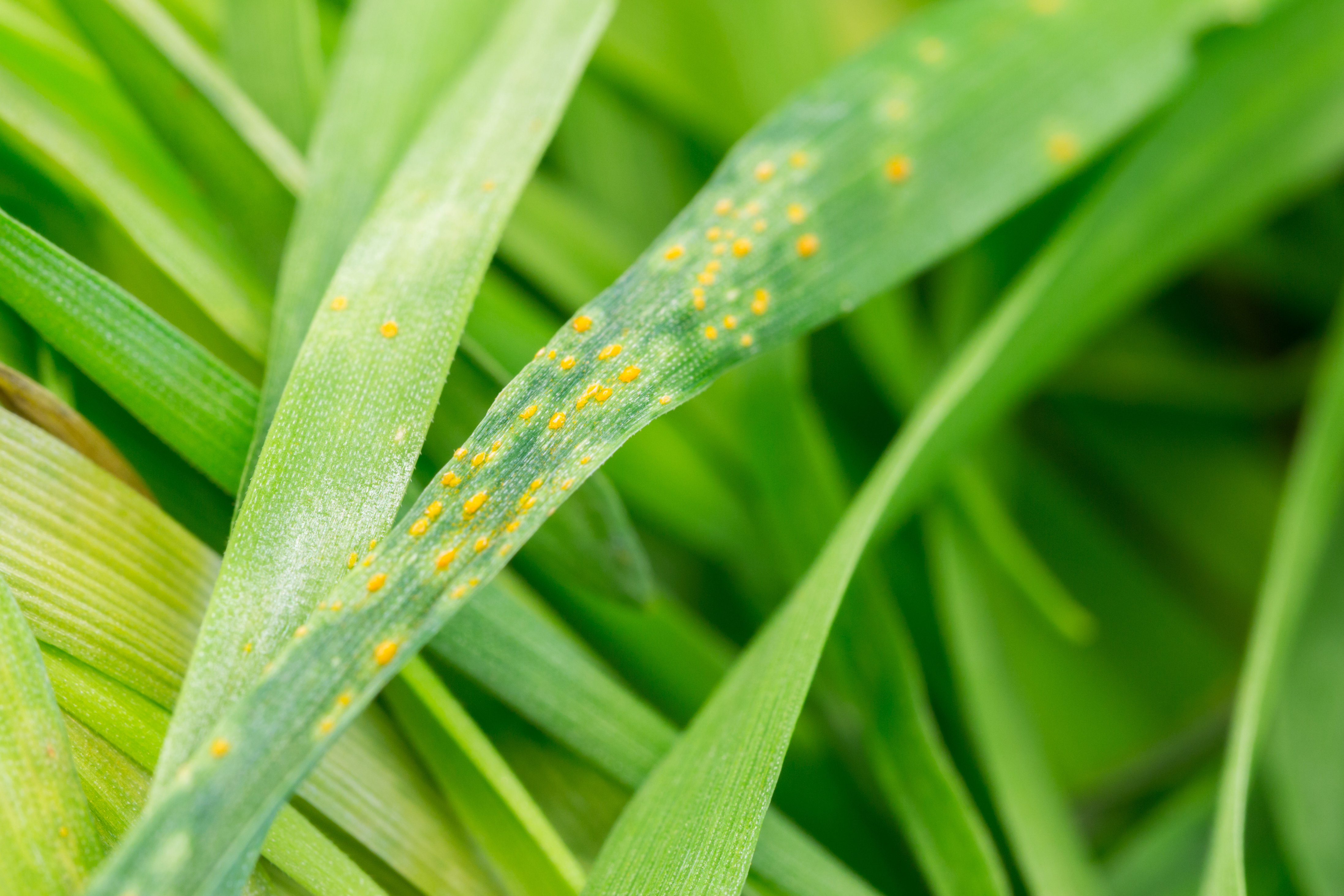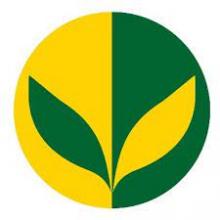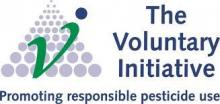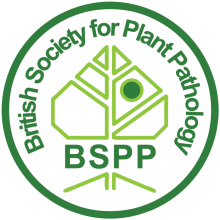Crops affected by invertebrate pests, weeds or diseases (collectively ‘pests’) are less productive and plant protection products pose an environmental hazard. IPM is a sustainable approach to managing pests, which can be used by all farmers, growers, and land managers. The aims of an IPM approach are to:
- support healthy crops using a range of plant protection methods
- support resilient and sustainable agricultural production
- help manage pesticide resistance
- encourage natural control mechanisms
- enhance wildlife and biodiversity
- reduce reliance on the use of chemical pesticides
Find out more about IPM
- Defra: IPM in farming
- European Commission: Sustainable Use of Pesticides and Integrated Pest Management
- The Voluntary Initiative
- The AHDB: IPM Hub
- LEAF Simply Sustainable IPM Guide
IPM Plans
An IPM plan can help you:
- apply different control measures to your crops
- minimise the risks associated with the use of chemical pesticides
It should describe how you plan to apply IPM to your land. It can include details of:
- your land and the crops you grow
- the pests, weeds and diseases you have identified on your land
- control measures in the current season and plans for next season
You can find IPM plan templates online and you should decide which works best for you. Application of IPM requires selection, integration, and application of a range of techniques. Since each farms IPM Plan will reflect its individual landscape, heritage, and business, the most appropriate techniques will vary from farm to farm, and from year to year.
Relevant links for IPM Plans
- Defra: Guidance on ow to do the SFI actions for IPM (including IPM1: Assess IPM and produce a plan)
- IPM Planning Tool: Containing written guidance for certain crop types, connects users with relevant materials, and provides prompts on which pests/methods may be appropriate.
IPM Resources
- Watch the Defra IPM Science and Practice video series
- Watch the IPMWORKS eLearning Modules, and use the IPMWORKS Toolbox to find relevant resources
- Use the IPM Decisions platform to check pest forecasts for your farm
- Join the UK IPM Network
- Create an IPM Plan using the IPM Planning Tool














Discussion
Can IPM really lead to significant reductions in pesticide use whilst maintaining crop profitability?
Hi Jim
I think at there best they can do both, or even improve profitability. IPM includes decision support systems. Where these can assist agronomists and growers to more accurately highlight pesticide requirements, they may reduce overall pesticide usage, with no negative effect on yield, improving profitability.
Tea saponin pesticide is the active component that extracts from the leached tea oil slag after the oil expression of tea seed. Tea saponin can be used as an insecticide, fungicide, snail killer and fish killer. Because it is a natural product, it is easily degradable and safe and non-toxic to humans and animals, so it is an excellent biological pesticide.